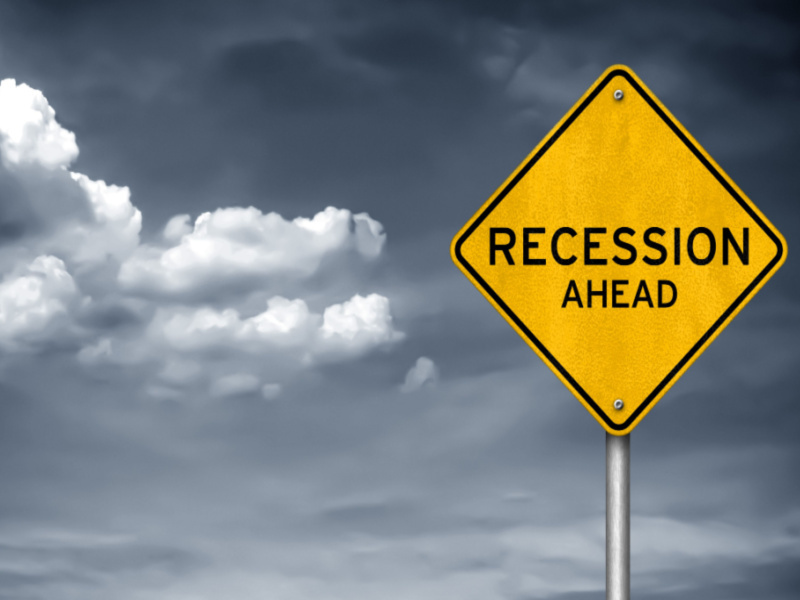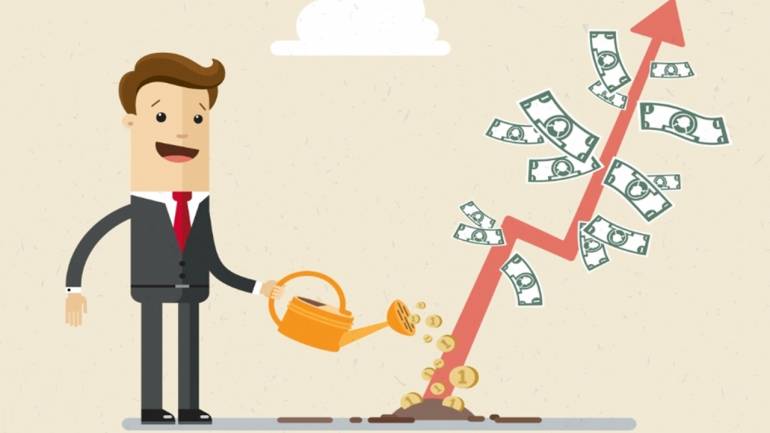
Recession, a word that has started resonating once again in the minds of investors in India and across the globe, is not new to the world economy. Those who still remember the financial crisis of 2007 may know the extent of global economic chaos and an elongated economic slowdown that followed. That phase was when the global economy was in recession.
So what is recession and how do we know that a recession may be upcoming? Here is all you need to know about it and some key indicators that can help in monitoring recession.
What is a recession?
A recession is an economic term that indicates a period of economic decline, either within a country or globally. A recession is considered to be a temporary phase with declining trade activities, industrial output and also falling employment levels.
A recessionary phase can be identified in an economy when its GDP (gross domestic product) declines for two consecutive financial quarters.
In simple words, a recession is when an economy experiences slower growth and begins to shrink. This results in stagnation in the economic performance of the entire country. Businesses are majorly impacted by the recession.
What is the frequency and length of recessionary phases?
Recessionary phases are unlike business cycles that generally go through periods of growth followed by downturns. Recession periods can occur back-to-back or they can even be a decade apart.
As per statistics, recessions have, on average, mostly lasted for about 10 months or slightly more. The recession that started in late 2007 with the housing market crash in the USA resulted in a significant financial crisis. This lasted for about 10-12 months before turning back. Another recession triggered by the coronavirus pandemic in 2020 lasted only for about two months, although its after-effects are still being felt and likely to trigger another global recession.
Main indicators of a recession
Some of the key indicators to look out for in identifying a recessionary phase are:
- Dropping GDP or Gross Domestic Product
GDP level indicates the total goods and services being produced in an economy during a time frame. A significant drop in GDP levels indicates a drop in productivity and a possible setting in of recession.
- Higher unemployment
Rising unemployment is a lagging indicator and if this exists, an economy could very well be in a recession stage. In general, the unemployment rate of around 6% of the country’s workforce is considered a strong indicator of recession.
- Drop in real income
Real income is the personal income of a country’s citizens, adjusted for inflation. A drop in real income means reduced purchasing power and, therefore, an indicator of recession.
- Health of the manufacturing sector
One can gauge a recessionary phase by how a country’s manufacturing sector is doing. A slower growth rate in this sector is indicative of a recession.
- Sale of goods/services
If both wholesale and retail sales in a country are stagnant or declining, it is considered an indication of recession in an economy.
Risk of recession in India
The RBI, Reserve Bank of India, has started winding back some of the pandemic-triggered measures implemented during the country’s economic downturn in 2020. The country is currently fearing the advent of a prolonged recession combined with sharp inflationary pressures and lagging demand recovery.
With the unpredictable Covid situation continuing across the globe and the Russia-Ukraine war, the global economy may also dictate how the Indian economy phases out in the next few months. Experts believe that India may enter a ‘technical recession’ if the country’s GDP declines in the next two quarters.
Food for thought
India is a net importer and considering that it is experiencing inflation currently, it can benefit from the recessionary conditions faced by larger economies like USA. This is because global commodity prices are likely to drop and offer the much-needed relief to curb local inflation.
Is it possible to prevent a recession?
Policymakers across the world may try to curb recessionary pressures, but it is not possible to entirely prevent a recession. With various government and central bank measures, the severity of a recession can be reduced. For example, most governments revise monetary and fiscal policies to ensure that the effect of recession is within bearable limits. Some of the commonly used measures include interest rate cuts or increased spending by the government.
Conclusion
A recession is a part of an economic cycle as every economy goes through an expansion phase and contraction phase. Although the world economy is showing signs of a stronger recession, the Indian economy is standing strong and is said to be mildly impacted by the current global scenario. We must, however, keep a close watch on the indicators mentioned above to gauge the onset of a deeper recession.
FAQs
A recession may end when the growth phase of an economy returns and continues to stay robust for a longer period
During a recession, due to a slowdown in economic activities, investors may see their wealth either remaining stagnant or dropping down as they fetch lower returns from their investments.
Inflation is the overall rise in prices of goods and services and is an indication of the reduced purchasing power of the country’s currency.
Long-term stock market investors may be better positioned to deal with recession, especially if they have invested in companies with strong fundamentals. However, investing in stock markets during such phases is generally considered risky due to economic slowdown.



























